At the time of the Nazi occupation, there were many work and extermination camps in Poland. The most notorious were those of Auschwitz. The immediate reason for the construction of these camps was the lack of capacity for the large supply of deported Jews and prisoners (including Romani, Poles and Russian prisoners of war). In order to build the camps, the houses and land of the Polish inhabitants were expropriated from several places in the vicinity of Oswiecim. The first transport reached Auschwitz in June 1940.
A total of 1.3 million people was deported to Auschwitz, 1.1 million of whom were slaughtered. More than 90 percent of all victims were Jews. The camps were the centre of the Holocaust during the Second World War.
Auschwitz: collective name for various work and extermination camps
The Auschwitz complex comprised a total of almost 50 camps. We visited two of them, namely Auschwitz I (Stammlager) and the nearby Auschwitz II (Birkenau). The collective name of all Auschwitz camps including Auschwitz III labour camp (Monowitz) and a number of sub-camps, is Auschwitz. What we found there is hardly understandable or expressible. The best-preserved evidence of genocide and the cruelty that humanity is apparently capable of is literally tangible there.
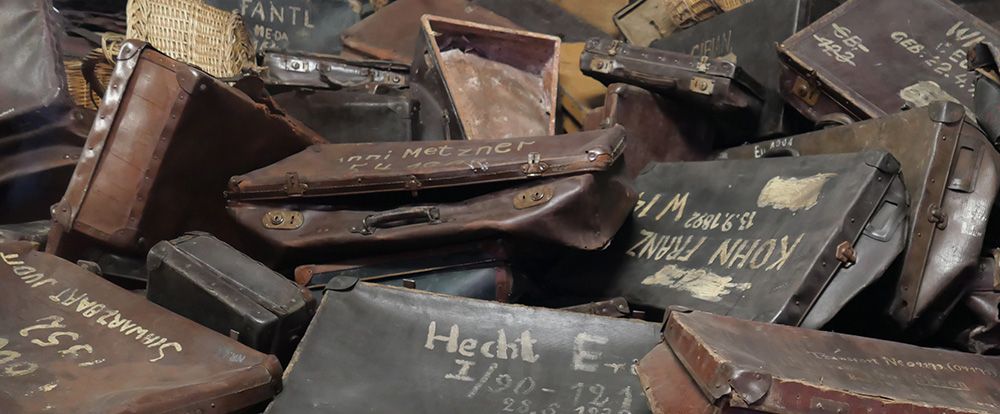
There are a few things that we especially remember from our visit. First of all, about 90% of all Jews who were killed went to the gas chambers as soon as they arrived at the camp. This happened especially at the end of the war. Secondly, a relatively large number of prisoners died as a result of inhumane cruelty, torture and medical experiments. Also, that the cremation furnaces were working overtime and could not cope with the number of dead at a given moment, so many corpses were burned at night near the barracks.
In the early years of the war, these horrors were carried out with extreme precision according to clear guidelines and procedures, and then accurately documented. At the end of the war, the influx was so great that registration was no longer possible.
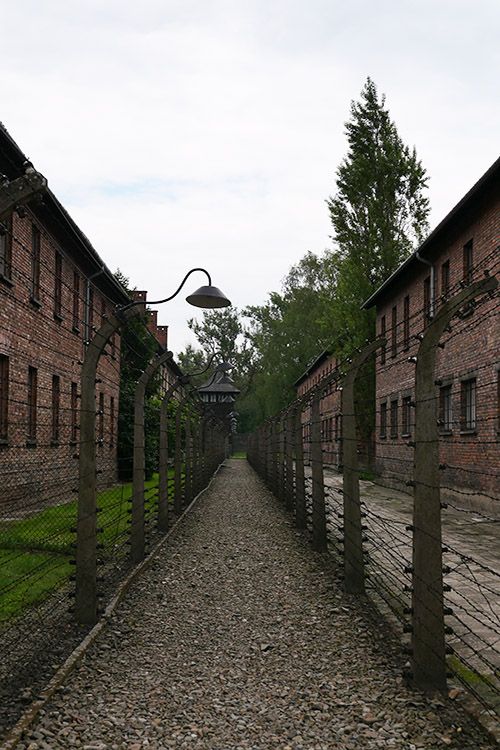
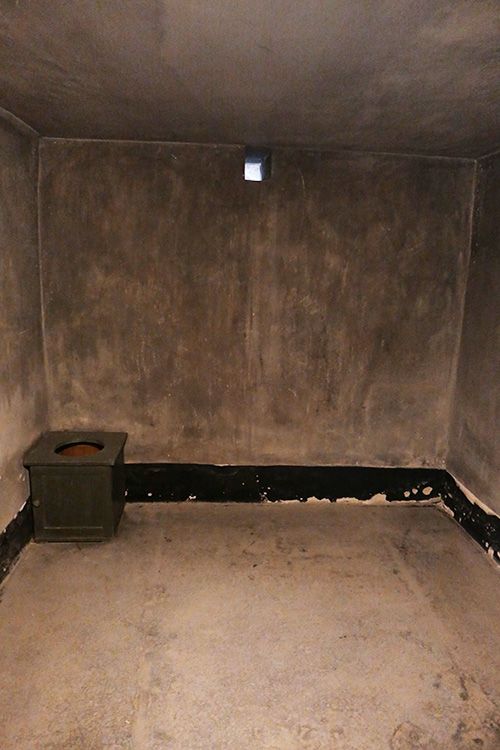
Auschwitz I (main camp)
This first and oldest camp is located on the grounds and in the buildings of a pre-war Polish barracks. It housed between 15,000 and 20,000 prisoners. It also housed the central labour office, a Gestapo unit, the garrison administration, central supply warehouses and several workshops.
The barracks are still well preserved along with the watchtowers and the many kilometres of power lines. In some of the stone barracks you will find shoes, suitcases, combs, glasses and other belongings of the prisoners. Perhaps one of the most sinister remains of the deceased was the almost two tonnes of hair as female prisoners were forced to shave their heads. It is stacked behind glass and reaches the ceiling.
In this camp, right next to the place where former camp commander Rudolf Höss was hanged in 1947, they have also reconstructed a gas chamber with accompanying cremation furnaces. It’s terrifying to take a look here, even though you know that it’s “only” a reconstruction.
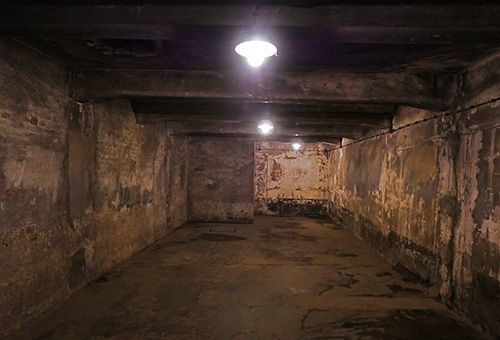
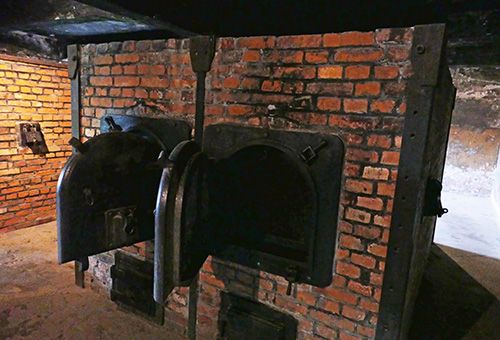
Auschwitz II (Birkenau)
Birkenau was built in 1941 in the village of Brzezinka. Initially, the Russian prisoners of war were forced to do hard labour there.
After experiments with the gas Zyklon B in Auschwitz I (Stammlager), it appeared that this gas was effective in killing people on a large scale. However, the Stammlager camp had not got a big enough capacity. The new Birkenau, which was designed to accommodate 100,000 prisoners, had enough room to carry out the mass murders.
The zoning plan was changed for this reason. The prisoners of war had to move to another camp and Birkenau was to become the largest extermination camp in the Third Reich. This only happened when camp commander Höss had found a solution to the problem of the large number of corpses. At first, these were thrown into large pits, but the stench of decomposition was so strong that Höss had crematoria built. Birkenau is the only extermination camp on the UNESCO World Heritage List.
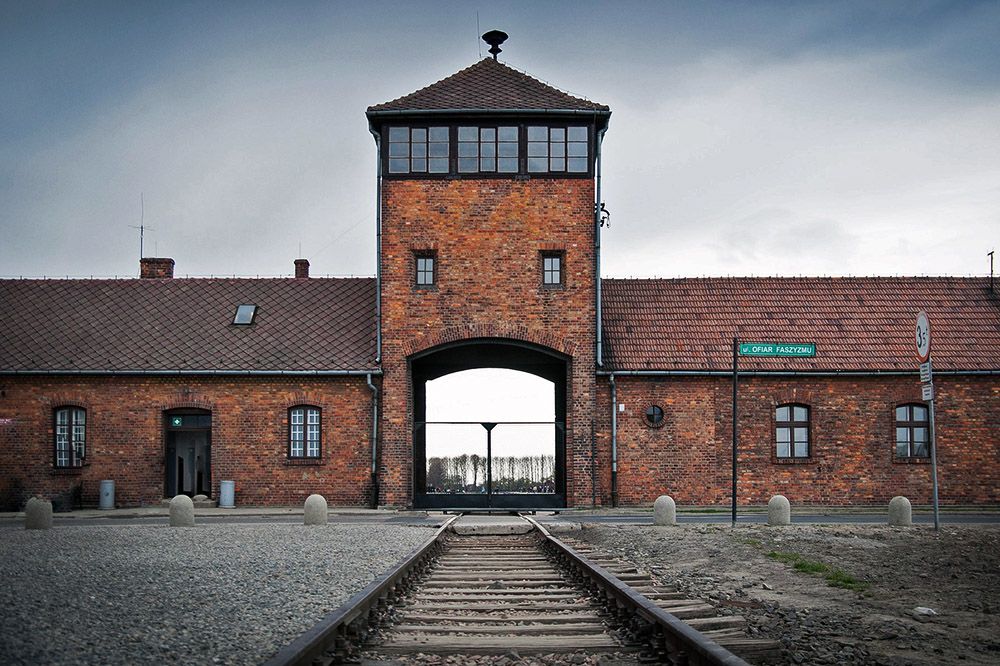
The vastness of the Birkenau camp
As soon as you arrive at the camp, the enormous emptiness and vastness of the terrain is noticeable. Just before the Red Army came to liberate the surviving prisoners, the Nazis blew up many warehouses (called Kanada, in reference to the promised land) where the prisoners’ belongings were kept, as well as the gas chambers and crematoria.
What remains are some barracks, watchtowers, barbed wire fences, the concrete ruins of the gas chambers and the long, dead-end railway tracks with a platform on either side. During the terrible train journey to the camp, the prisoners were promised a refreshing shower. Old black and white photographs in the camp show how the prisoners were driven directly to the gas chambers upon arrival, while their suitcases were thrown out of the trains for later looting. People took all their valuables with them because they were shown a place on earth where they could build a new life.
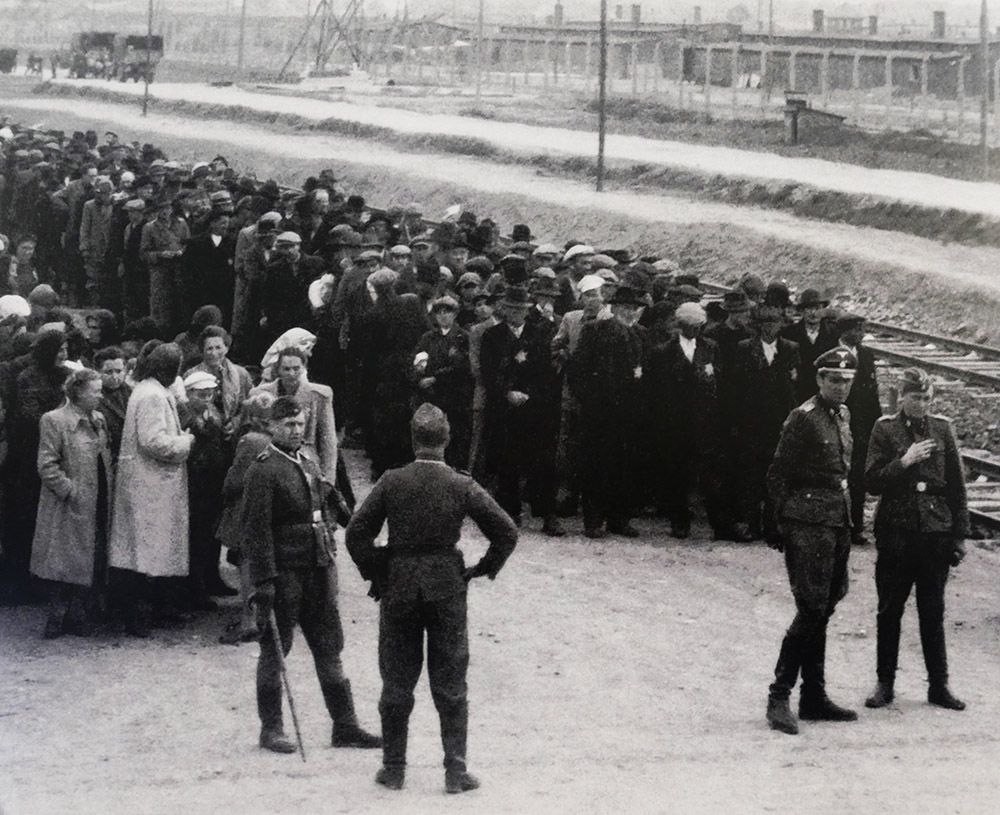
Practical matters
Tours
It’s best to just organise your own tour. Book a ticket well in advance online and take the bus on the day itself from Kraków’s main bus station to Oświęcim’s bus station. You will be more flexible in your time and it is also by far the cheapest option. In this case, it only costs 60 PLN for a 3.5-hour tour with an English-speaking guide. If you don’t want a guide, you can even enter for free. For transport, you can count on about 24 PLN. More information.
If you book a tour through a travel agency in the city (or online) you will usually need to pay between 120 and 160 PLN. We were too late when we wanted to book tickets on the museum’s website. That’s why we had to rely on a group tour that we finally booked at GetYourGuide. By the way, if you are on time, you can also book individual tours via GetYourGuide!
You can book a combination of several tours in one day too, such as a visit to Auschwitz and the Wieliczka salt mine. The big advantage is that you don’t have to worry about transportation and don’t have to wait in long queues.
How to get there
If you want to visit both Auschwitz I and II, book all day for this as the travel distance is one and a half hours to and from Kraków. Both camps are only a few kilometres apart and you can make use of a free shuttle service.
If you have not booked a tour, the bus is your best option to go to Auschwitz. From Kraków’s central bus station there is a regular bus service that takes you to Oświęcim’s main train station in 1 hour and 25 minutes for a 12 PLN one-way trip. From here it is a short walk to the camp. Check the timetable here.


